The science contained in a beer

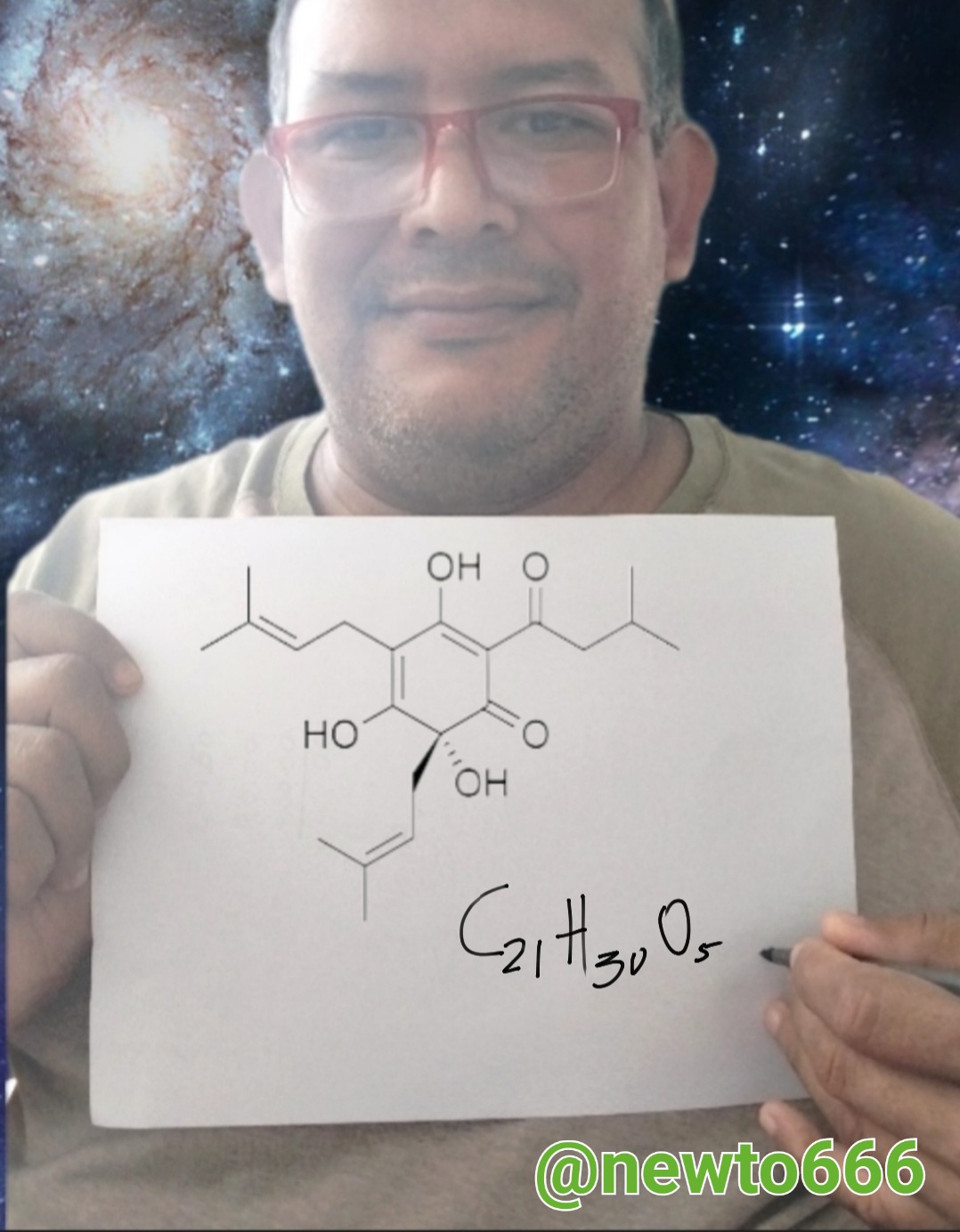
The chemical composition of the beer is based on Humulone, a chemical compound combined with carbonated water, the singular thing, dear reader, is a type of alpha acid, thanks to this compound they prevent the formation of bacteria and thus prolong the life of the beers. Continuing in this order of ideas, my beer-loving friend, another very unique physical and chemical process occurs, which is isomerization. This shows us how one molecule is transformed into another, ok, everything is perfect, but we must bear in mind that it has the same atoms but arranged differently, forming alpha acid and beta acid.
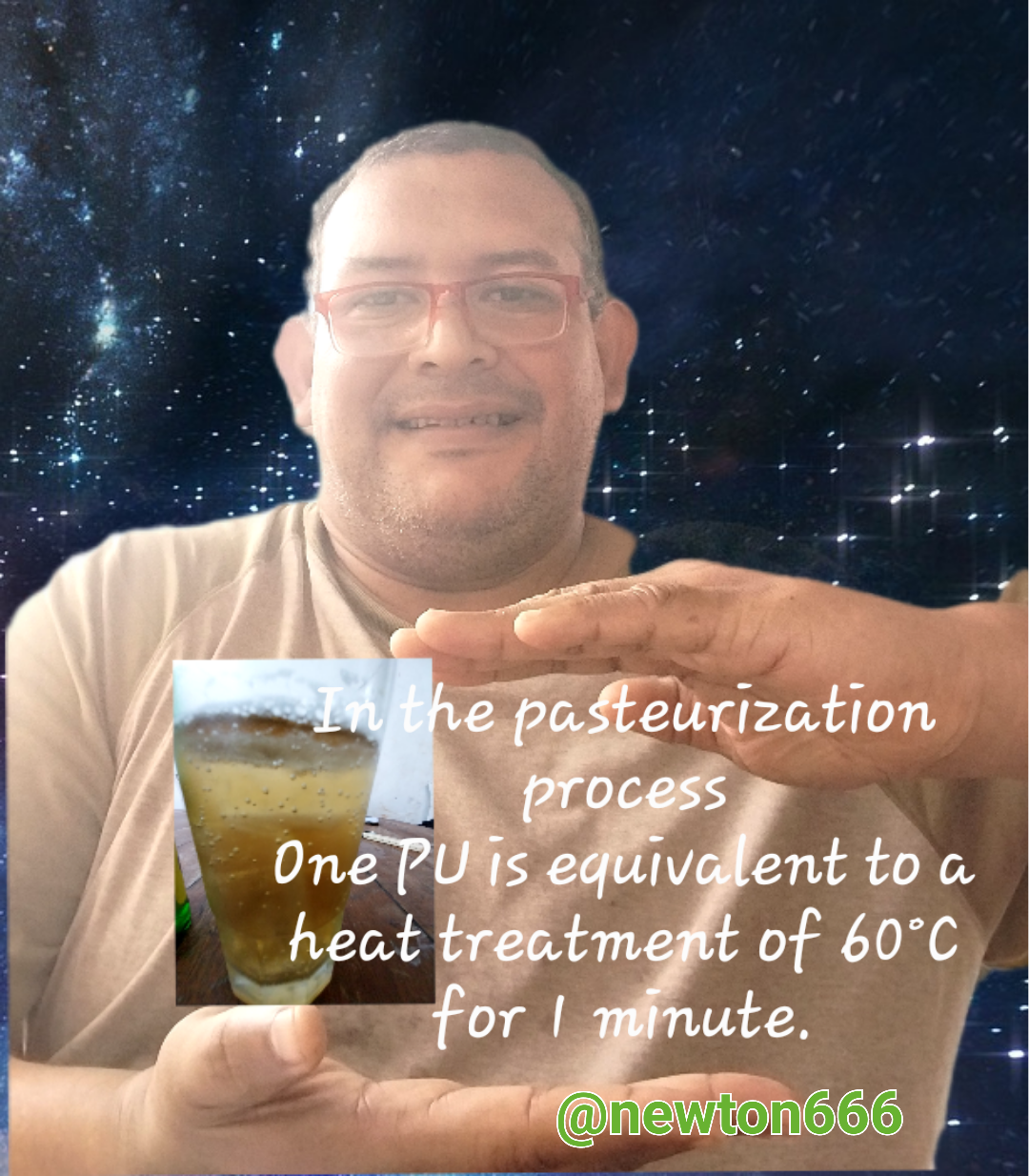
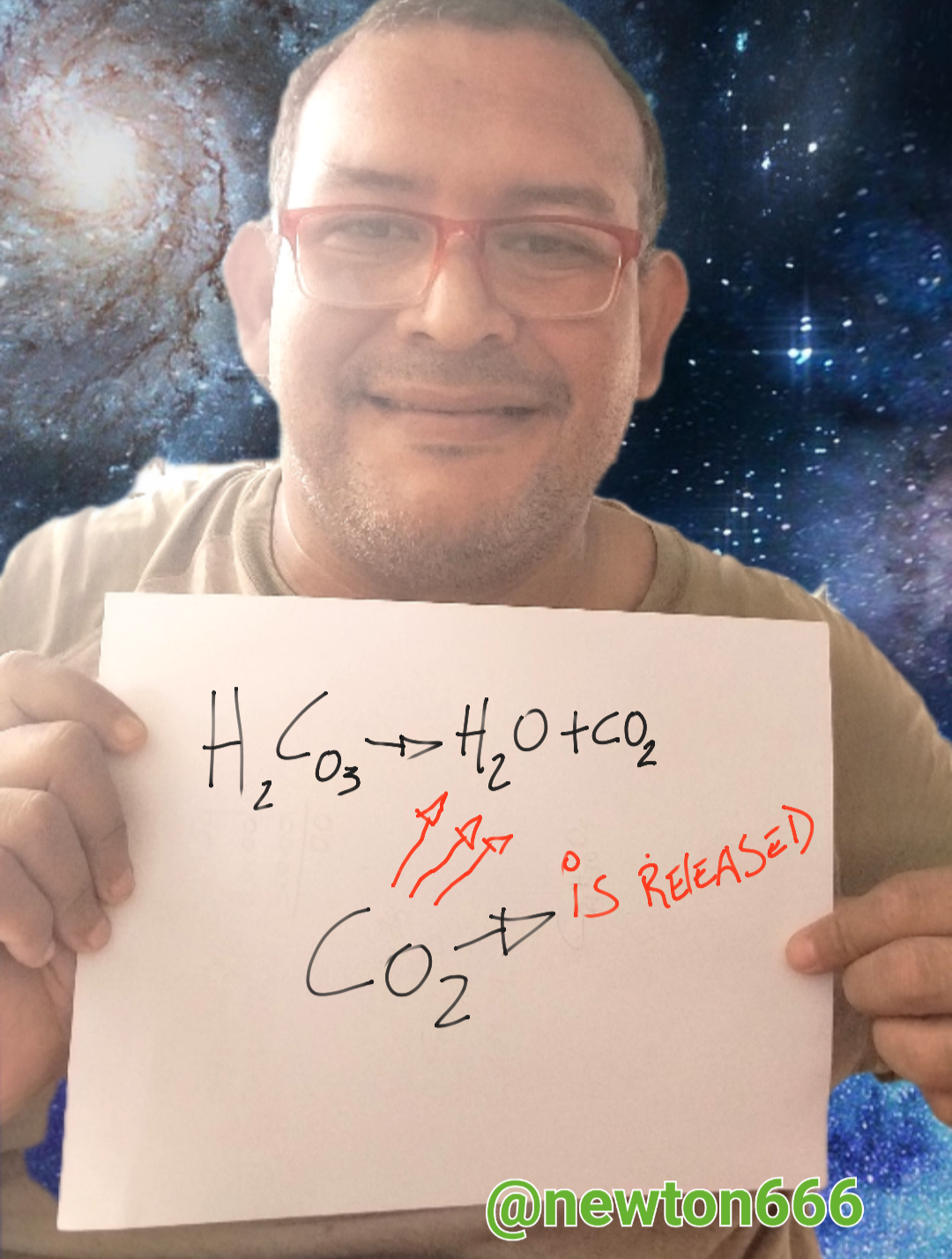
Another very unique process is pasteurization, where thanks to this process it lengthens the preservation of food and beverages, in our case we have to start with knowing the precise time of the pasteurization temperature in the beer in order to have Optimum results in color, aroma and flavor, since within this process at a thermal level in order to inactivate the vegetative cells of pathogenic microorganisms, cerials are used for the elaboration of beer and the fermentation process is also carried out. The technology applied is generally or standardized in a tunnel-type pasteurizer, for 10 to 20 minutes at a temperature of 60°C.
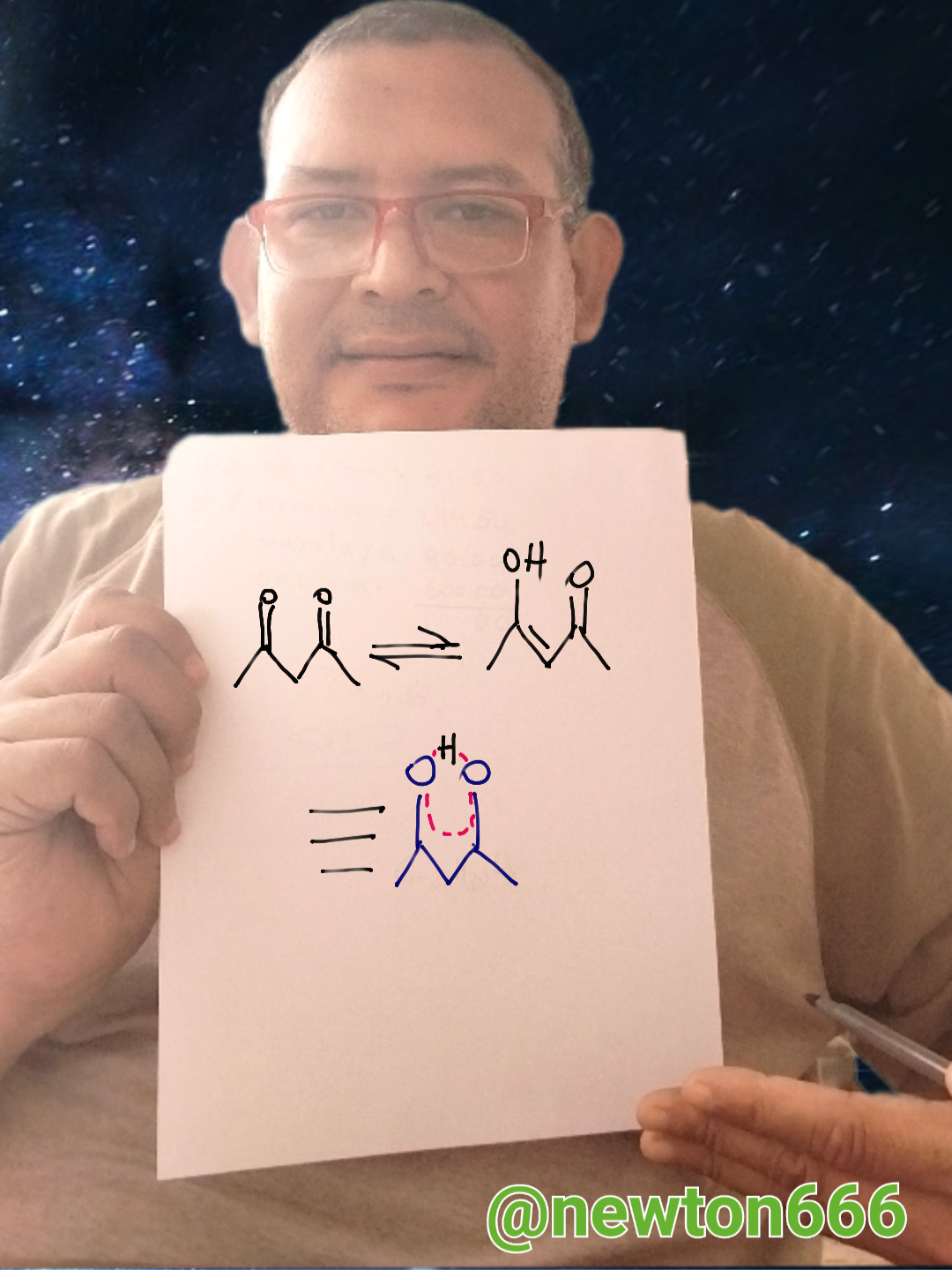
A representation of intramolecular hydrogen bonding in acetylacetone.
An important fact about beer is also evident, it is evident how much it releases bubbles and foam, there is another reaction, it is also evident how the bond energy originates, why, my friend, readers, would this be released by the formation of a mole of chemical bonds, from its constituent fragments and its acids within the process. Besides, thanks also for the hydrogen, since the hydrogen bridges the dipole-dipole intermolecular force, thanks to the fact that only one electron shields its positive nucleus, as a physical phenomenon.
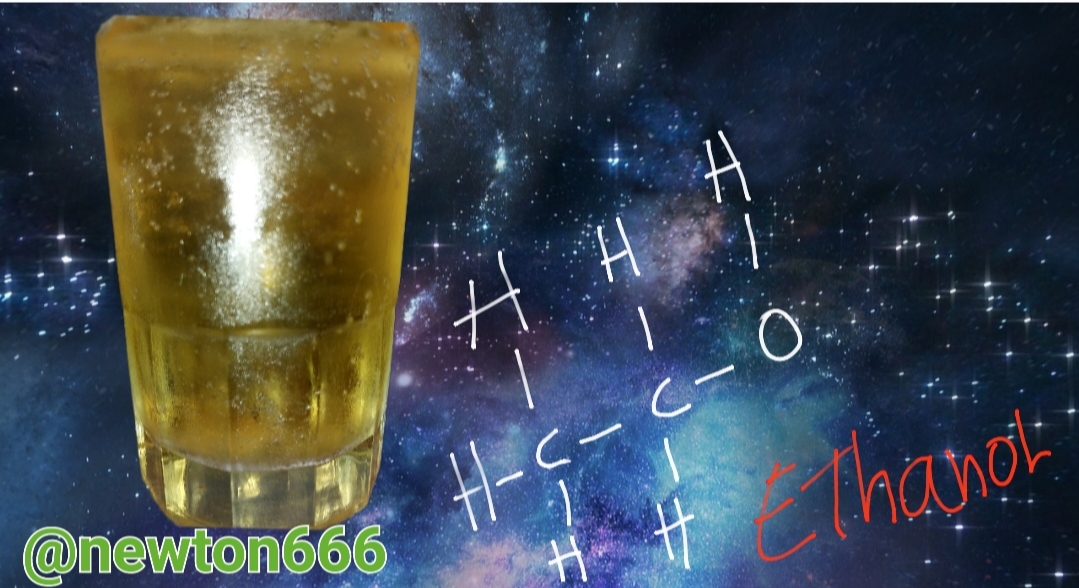
We cannot forget the fermentation process in the complete absence of oxygen, thanks to this fundamental element for the activation of some microorganisms that process carbohydrates, to process the sugars to transform it into alcohol, in our case the ethanol family of alcohols , since my friends this is an aliphatic organic chemical compound with a hydroxyl functional group, which is CH3-CH2-OH thanks to its density of 789 kg/m³; 0.789g/cm³.
Bibliographical References
Fermented: Kefir, kombucha, sauerkraut, kimchi. Science, technique and more than 50... By Tomás Linch, Catalina Linch,2022.
General Physics,2003.
Inorganic Chemistry By Alan G. Sharpe, 1996.
Chemistry. experimental science By Study of Chemical Educational Material, 1987.

Thanks for your contribution to the STEMsocial community. Feel free to join us on discord to get to know the rest of us!
Please consider delegating to the @stemsocial account (85% of the curation rewards are returned).
You may also include @stemsocial as a beneficiary of the rewards of this post to get a stronger support.
Thats the best science! Using the beer and taking some sips ;)
Greetings because you are right